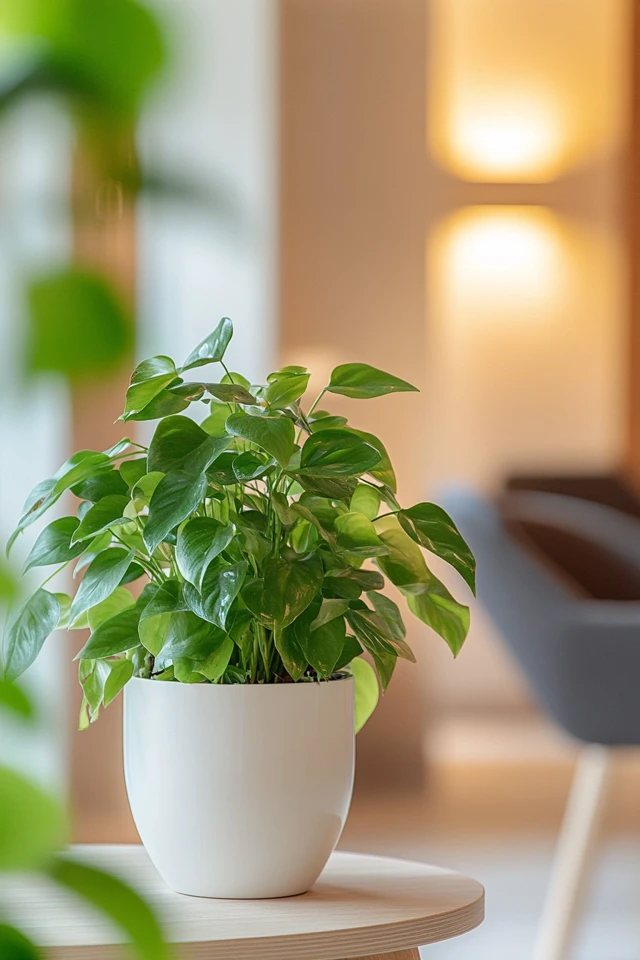Introduction
Scandinavian design is synonymous with simplicity, natural beauty, and functionality, and incorporating Scandinavian-inspired planters into your home is a perfect way to embody these principles. I discovered the magic of these planters while revamping my living room. I added a sleek ceramic planter with a fiddle leaf fig in one corner and a set of woven basket planters with cascading pothos on my floating shelves. The transformation was instant—my space felt fresher, more balanced, and deeply connected to nature.
Scandinavian-inspired planters go beyond being mere plant holders; they’re versatile design elements that elevate your decor. In this guide, I’ll show you creative ways to style these planters, whether you’re designing a minimalist nook, a vibrant greenery-filled corner, or an elegant centerpiece.
Why Scandinavian-Inspired Planters?
Key Features
- Minimalist Aesthetic: Clean lines and simple designs ensure they complement any space.
- Natural Materials: Crafted from wood, ceramic, metal, or wicker, they reflect Scandinavian design’s love for organic elements.
- Functional Elegance: Scandinavian planters prioritize functionality without compromising on style.
- Versatility: They blend seamlessly with various interiors, from modern to bohemian.
1. Choose Neutral Tones for Timeless Elegance
Why It Works
Neutral tones like white, gray, beige, and black form the foundation of Scandinavian design, making your space feel calm and cohesive.
How to Do It
- Use white ceramic planters for a sleek, minimalist look.
- Add gray or black matte planters for subtle contrast.
- Pair neutral planters with greenery to let the plants’ natural colors shine.
- Mix different tones within the same palette for depth and variation.
2. Incorporate Natural Materials
Why It Works
Natural materials bring warmth and texture, key to achieving the cozy, hygge-inspired ambiance of Scandinavian design.
How to Do It
- Choose wooden planters with light finishes like oak or birch.
- Use wicker or rattan baskets as planters for a rustic touch.
- Incorporate stone or clay pots for an earthy, natural feel.
- Pair natural materials with soft textiles like wool throws or linen curtains for a cohesive look.
3. Style with Geometric Planters
Why It Works
Scandinavian design often incorporates geometric shapes to add subtle visual interest while maintaining a minimalist aesthetic.
How to Do It
- Use polygonal or faceted planters to create a modern look.
- Combine geometric planters of varying heights for a layered effect.
- Opt for planters with subtle patterns, like stripes or crosshatches, in neutral tones.
- Position geometric planters on shelves, side tables, or countertops for easy styling.
4. Create a Greenery-Filled Corner
Why It Works
A cluster of planters creates a lush, inviting focal point while celebrating Scandinavian design’s connection to nature.
How to Do It
- Group planters of varying sizes and shapes in a corner of your living room or bedroom.
- Use tall planters for larger plants like fiddle leaf figs or rubber trees.
- Place smaller planters on stools, benches, or stands to add height variation.
- Stick to a cohesive color palette to keep the look unified.
5. Style Planters on Floating Shelves
Why It Works
Floating shelves provide a modern platform to display Scandinavian planters without taking up floor space.
How to Do It
- Add small ceramic planters with trailing plants like pothos or string of pearls.
- Pair planters with other minimalist decor, such as books or candles.
- Use matching planters for a symmetrical look or mix styles for an eclectic touch.
- Arrange planters at different heights to create a dynamic composition.
6. Opt for Hanging Planters
Why It Works
Hanging planters are functional and stylish, adding greenery without cluttering surfaces.
How to Do It
- Use macramé plant hangers with ceramic or metal planters for a boho-Scandi vibe.
- Hang planters in windows or corners to maximize light for your plants.
- Choose planters in neutral tones or natural materials like rattan or wicker.
- Combine multiple hanging planters at different heights for visual interest.
7. Add Planters as Table Centerpieces
Why It Works
A thoughtfully placed planter can act as a centerpiece, bringing life and sophistication to your dining or coffee table.
How to Do It
- Use a low-profile ceramic planter with succulents or moss for a subtle look.
- Opt for a single, tall planter with a statement plant like a peace lily or monstera.
- Pair the planter with candles, books, or decorative trays for added texture.
- Keep the arrangement simple to maintain a clean, Scandinavian aesthetic.
8. Use Tiered Stands for Multi-Plant Displays
Why It Works
Tiered stands let you display multiple planters in a compact, organized way, perfect for smaller spaces.
How to Do It
- Choose a wooden or metal tiered stand in a minimalist design.
- Arrange planters by size, with smaller ones on the top tiers and larger ones on the bottom.
- Use the stand in entryways, kitchens, or patios for a touch of greenery.
- Stick to planters in neutral tones to create a harmonious display.
9. Pair with Scandinavian Furniture
Why It Works
Planters styled with furniture like benches or sideboards create a cohesive, curated look.
How to Do It
- Place a large floor planter next to a light wood sideboard or console table.
- Use smaller planters on top of furniture, arranged with books or artwork.
- Add a planter to the end of a bench or window seat for a touch of greenery.
- Coordinate planter materials (ceramic, wood, metal) with your furniture finishes.
10. Mix and Match Sizes and Shapes
Why It Works
Combining planters of varying sizes and shapes adds depth and visual interest without overwhelming the space.
How to Do It
- Use tall, cylindrical planters for large plants and smaller, round planters for tabletop decor.
- Pair angular planters with softer, curved shapes for contrast.
- Mix materials like ceramic, wood, and metal for a layered look.
- Keep the overall color scheme neutral to ensure a cohesive Scandinavian feel.
Picture Gallery

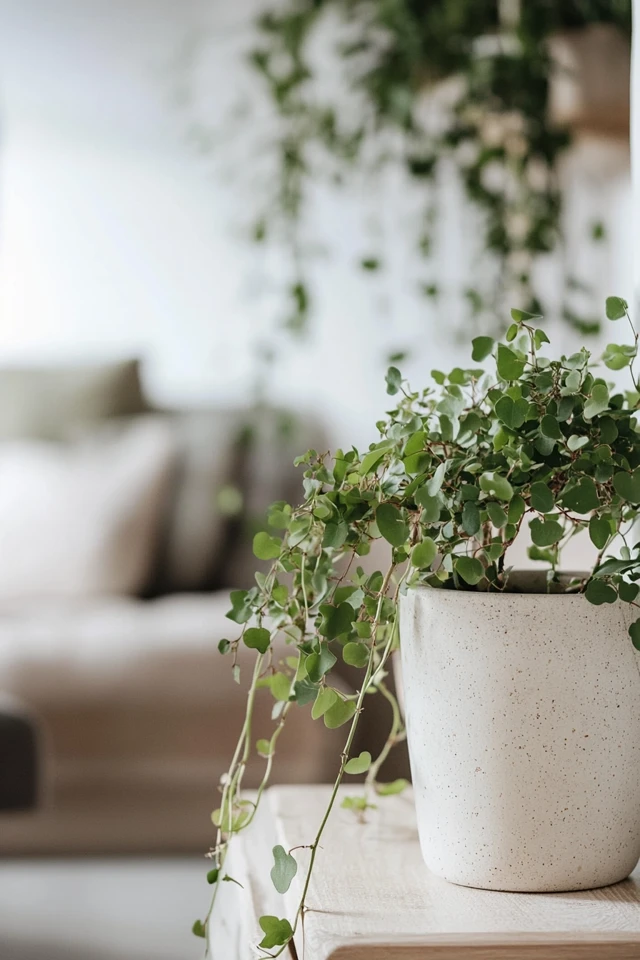
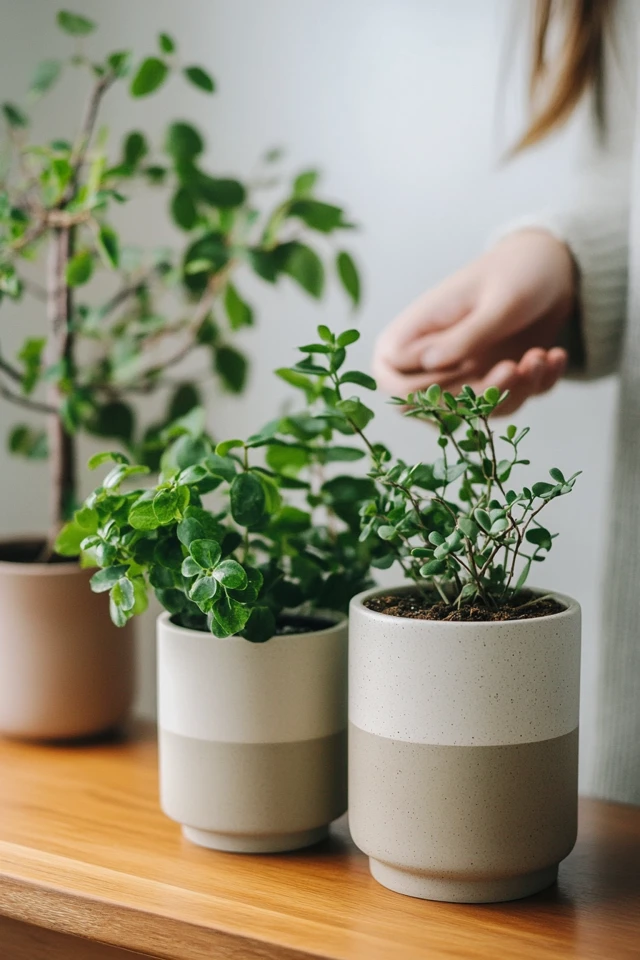

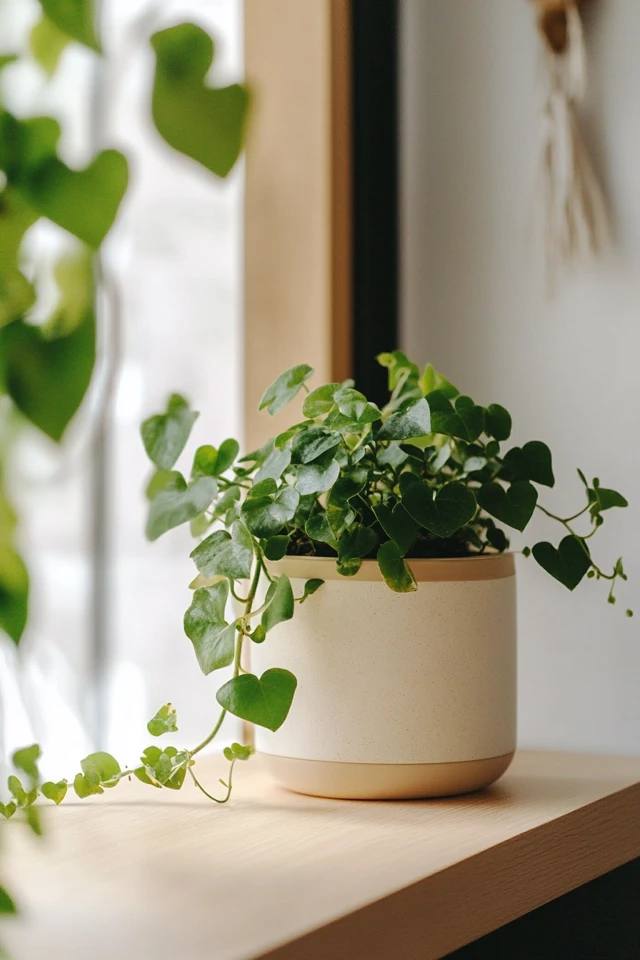
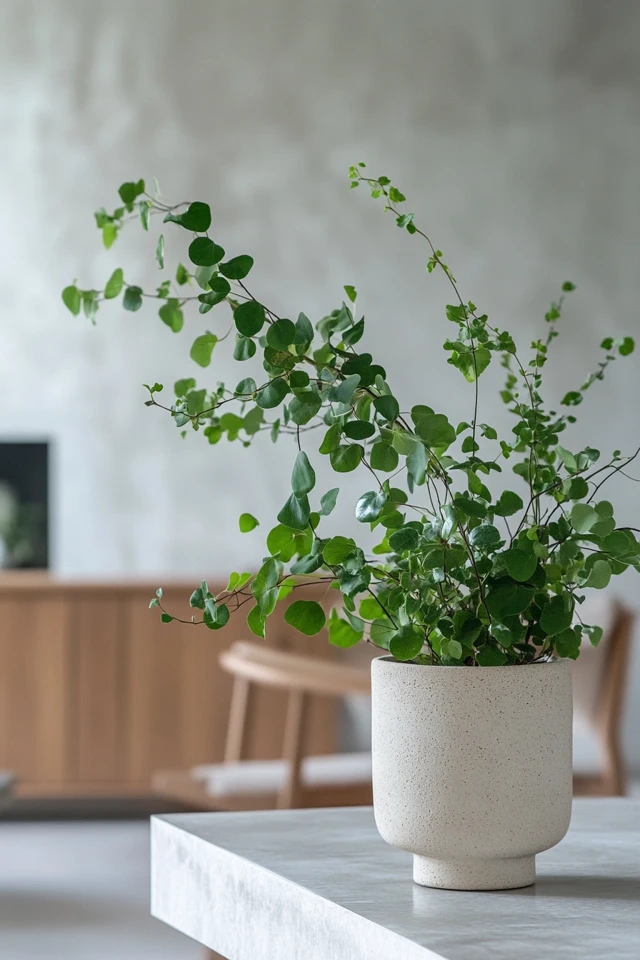
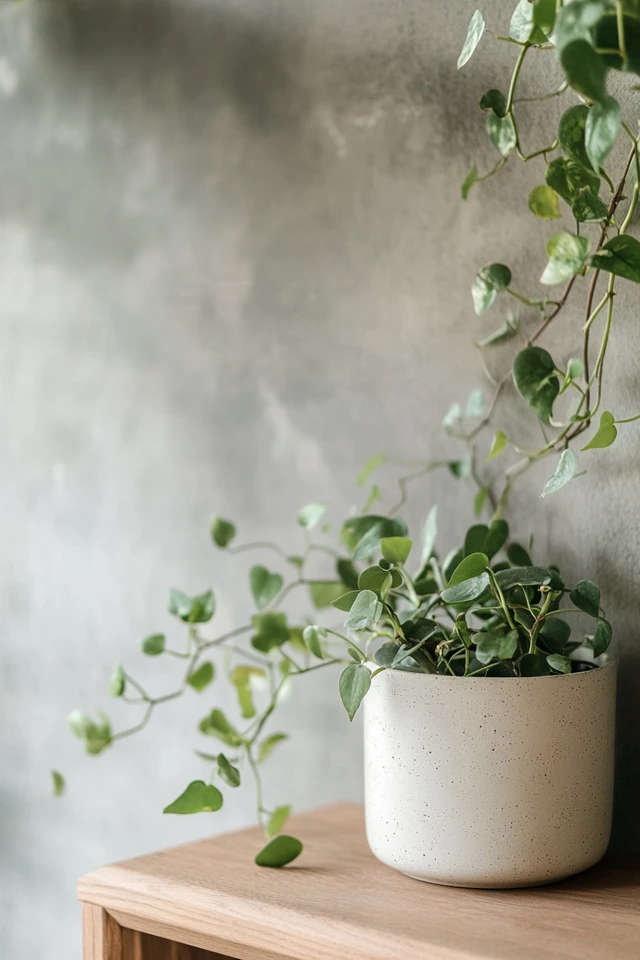
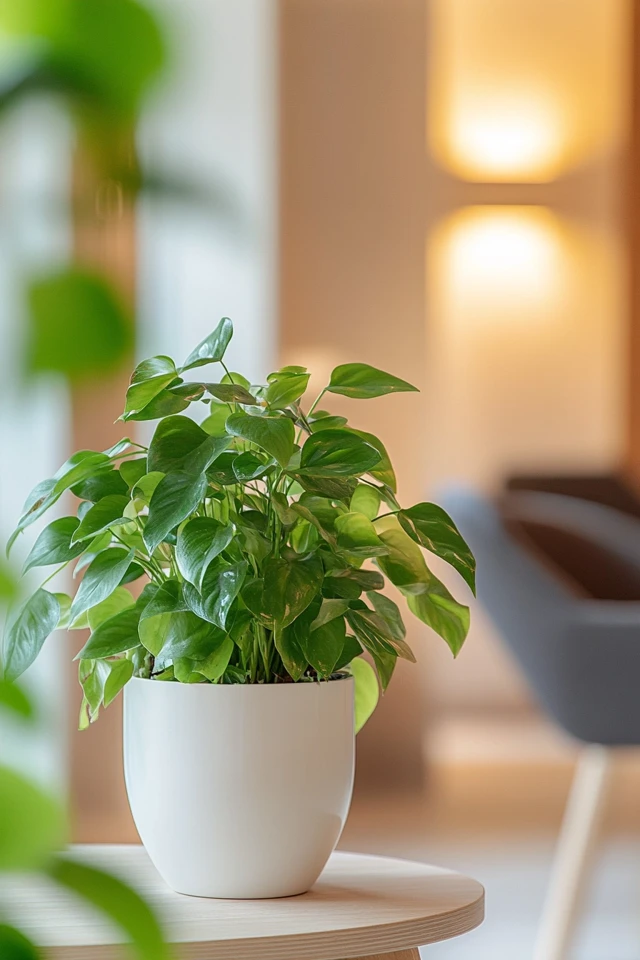
Conclusion
Decorating with Scandinavian-inspired planters is a simple yet impactful way to bring life, warmth, and elegance to your home. Whether you’re styling a minimalist corner, creating a lush plant display, or adding subtle accents to shelves and tables, these planters offer endless versatility and charm.
What I love most about Scandinavian planters is their ability to bridge form and function. They highlight the beauty of your greenery while seamlessly blending with your decor. By following these tips, you can transform your space into a serene, nature-filled retreat that celebrates the best of Scandinavian design.
So, start gathering your favorite plants, choose a few beautiful planters, and watch your space come alive with style and greenery.
FAQ
What materials are common in Scandinavian-inspired planters?
Scandinavian planters often use materials like ceramic, wood, metal, rattan, and stone for a natural and minimalist look.
Can Scandinavian planters work in small spaces?
Absolutely! Use small planters on floating shelves or hanging planters to save floor space while adding greenery.
How do I choose the right plants for Scandinavian planters?
Opt for low-maintenance plants like pothos, succulents, snake plants, or fiddle leaf figs that thrive indoors and complement Scandinavian decor.
What colors work best for Scandinavian planters?
Neutral tones like white, gray, beige, and black are ideal. Soft pastels and natural wood finishes also work beautifully.
Where can I find Scandinavian-inspired planters?
Retailers like IKEA, Nordic Nest, Ferm Living, H&M Home, and West Elm offer a variety of Scandinavian-style planters.

